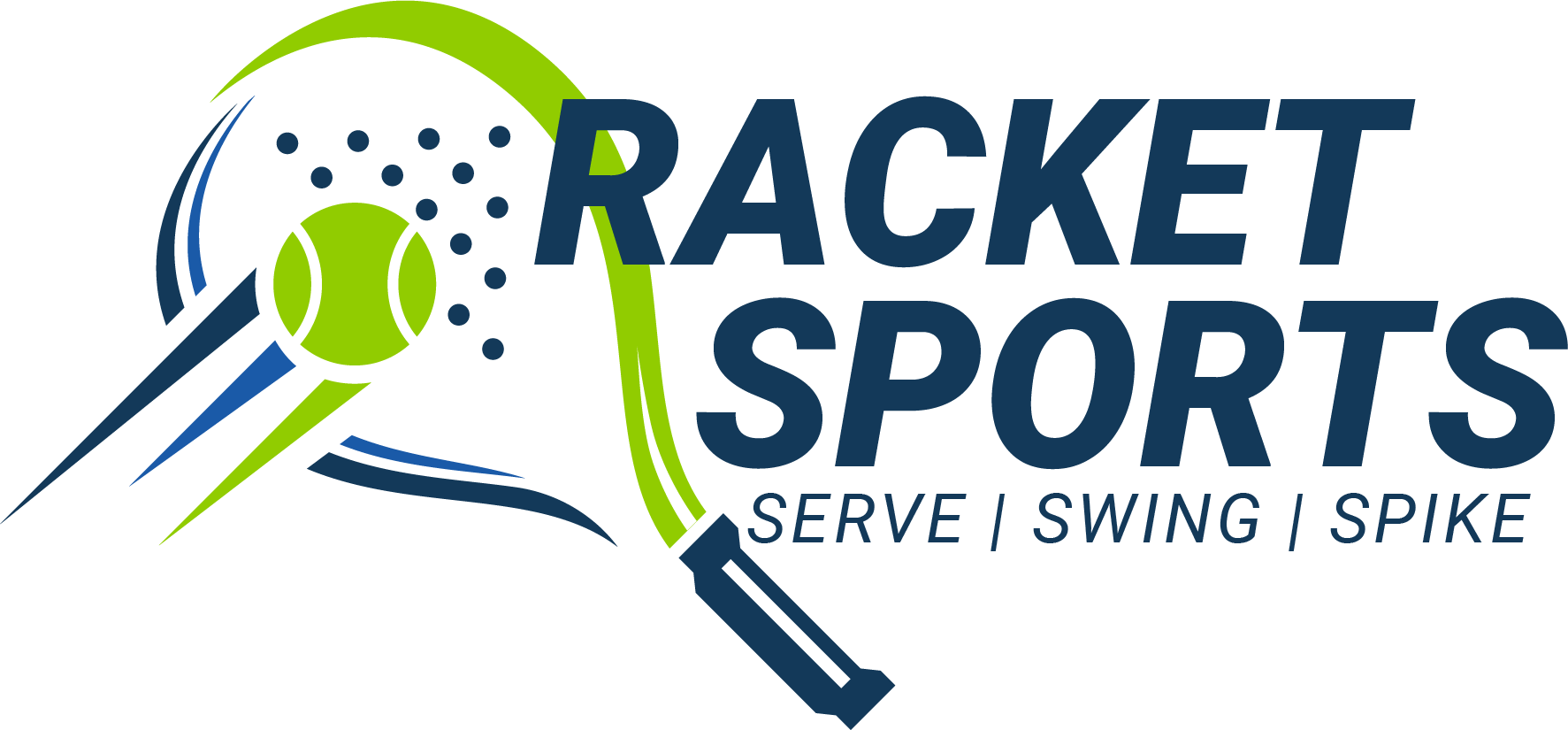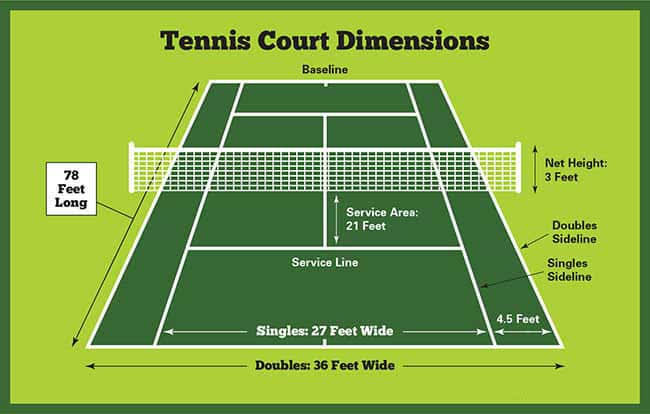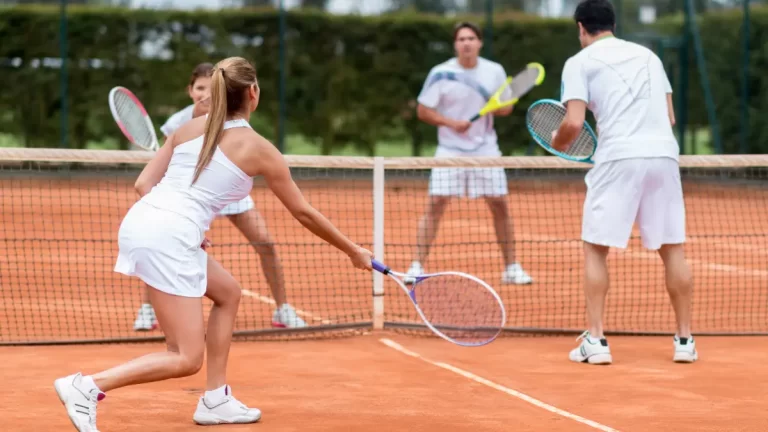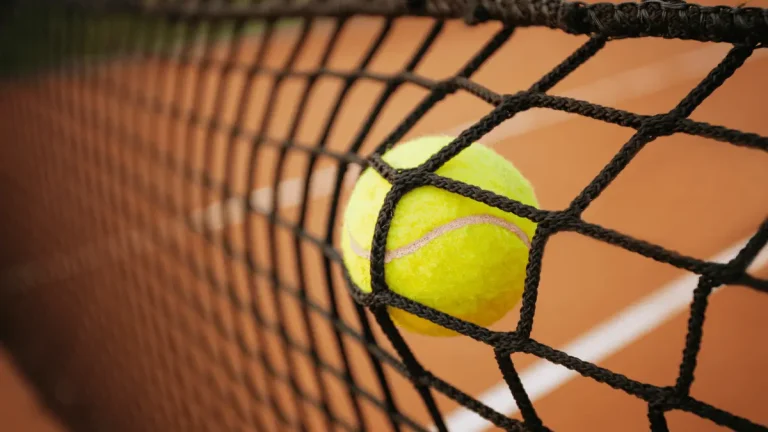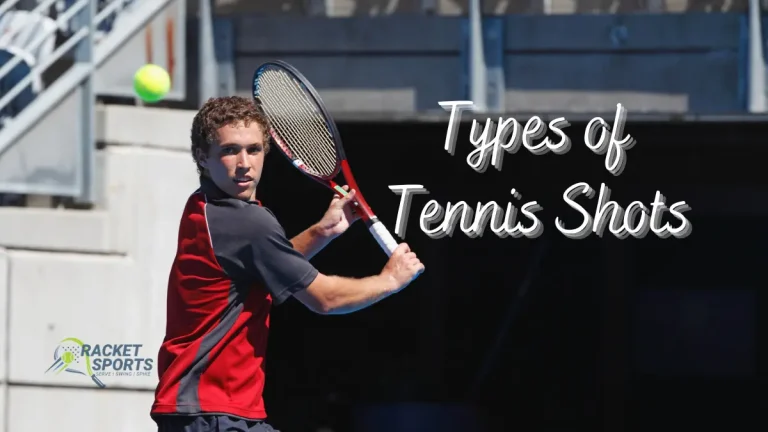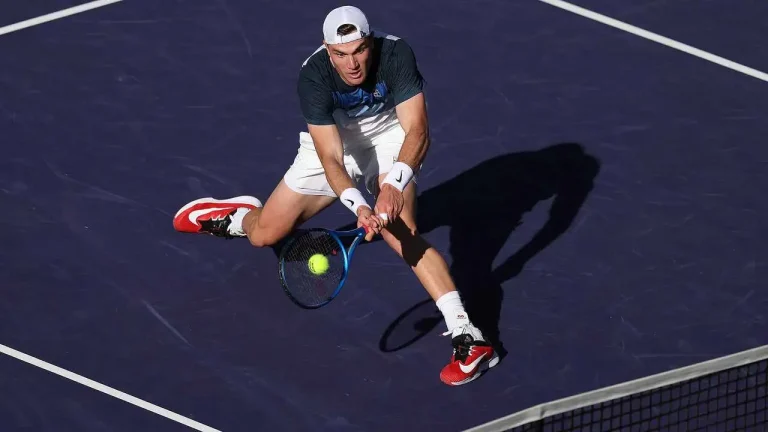Tennis Court Surfaces – Comparative Analysis 2025
Tennis is a sport that requires the right infrastructure. It must have a surface that can withstand high-intensity sports. It is ideal for tennis courts to have surfaces that enable players to train and perform at their peak.
There may be questions like – What are the types of surfaces used for tennis courts? Which surface offers you the most flexibility? How to create a tennis practice facility that mimics an ideal court?
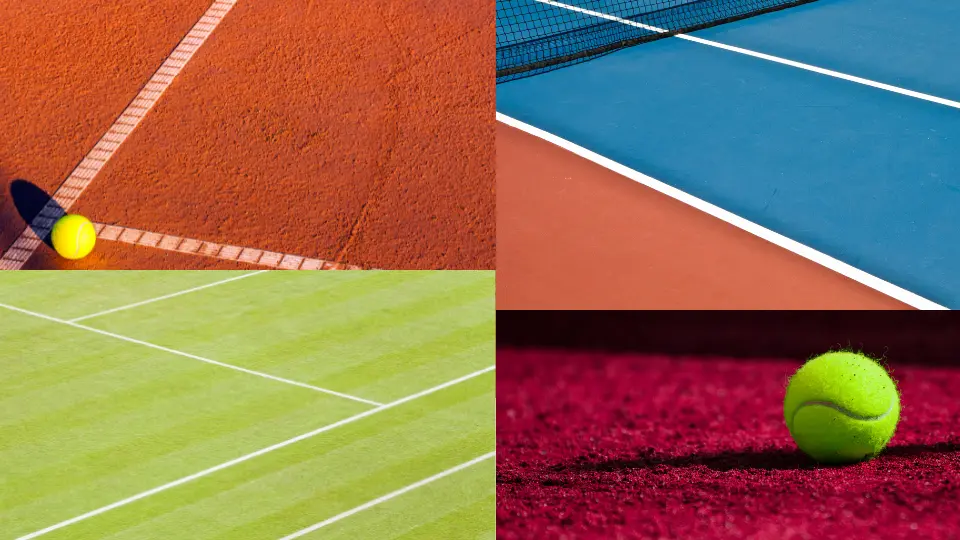
To ensure high performance on the court here are all the types of tennis court surfaces, we will also help you decide on the best flooring option. Now let’s start.
All Types of Tennis Court Surfaces
Surfaces for tennis courts are constructed differently by using different materials. Different constructions and compositions affect several aspects of a tennis match, such as the velocity of shots, the bounce of the ball, and the players’ ability to move around. The fastest surfaces suit some players like Roger Federer, while slower and bouncier surfaces suit others like Rafael Nadal.
It is possible to play tennis on a variety of surfaces. The playing characteristics of each surface will influence the style of play and the natural ability of the player. Depending on the speed of the surface, the International Tennis Federation categorizes each surface from slow at level one to fast at level five.
A tennis court can have four different types of surfaces: synthetic grass, artificial clay, hard, and rubber carpet.
Tennis Courts: How Do They Get Built?
Although tennis courts may differ in surface, they are generally constructed in the same way. There are several layers to tennis courts, with the surface we see (clay, hard, grass) being the smallest. In a tennis court, four layers are present – the formation, foundation, regulating base, and wearing surface.
In most cases, the Formation is the first layer in the court, and its purpose is to serve as a barrier between the ground and the court itself. This layer also known as the subgrade protects the court from roots and organic matter. Courts are built on flat soil that is provided by the formation layer.
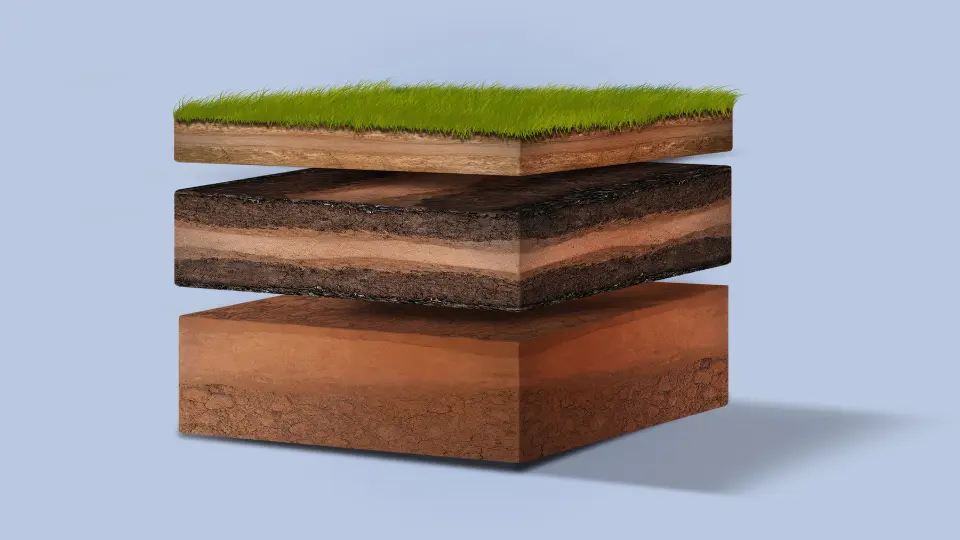
Foundations are used to prevent icing on the court’s second layer. This layer prevents any possible frosting by allowing the court to drain. This sub-base (foundation) must lie 150 mm below the actual surface and should measure between 14 and 28 mm. A court’s foundation drainage feature will vary depending on its surface; clay and grass courts need some moisture, so the foundation should not drain completely.
Depending on the surface, the composition of the Regulating base varies greatly. A flat and stable surface is created by this layer so that the actual surface can be laid on top.
Finally, we have the Wearing surface, which is the final layer. Tennis courts have this layer that we can see directly when we look at them. There are several smaller layers under this layer, depending on the surface.
Four Types of Tennis Court Surfaces
Synthetic Grass Surfacing
Artificial grass-like fibers are used to prepare synthetic grass surfacing. Due to its resemblance to natural grass, some vendors call it artificial grass. To create a grass-like appearance and feel, manufacturers use polyethylene or polypropylene fibers. Tennis courts with this type of flooring were used in the first Grand Slam tournament.
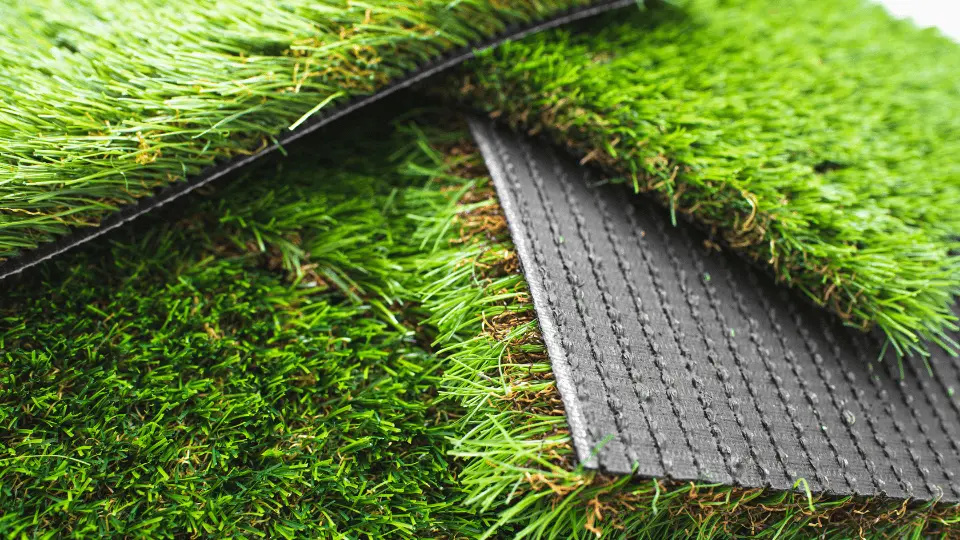
Artificial Clay Surfacing
To create an artificial clay court surface, crushed brick particles and sand are mixed into synthetic grass carpets. A red dye is also used by manufacturers to make the surfacing appear like red clay. Artificial clay surfaces are endorsed by the International Tennis Federation (ITF). Therefore, most modern tennis courts use this material.
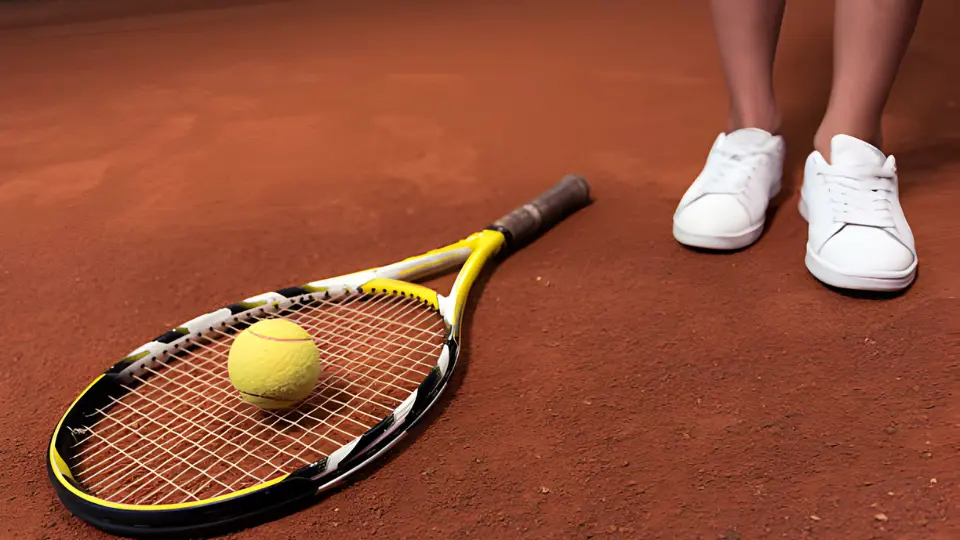
Concrete or Hard Surfacing
Concrete and asphalt are the main materials used to create hard courts. An acrylic layer is applied on top of the material. Sealing the surface and preventing algae growth are crucial parts of the upper layering. In addition, the cushioning adds a little comfort to the hard surface.
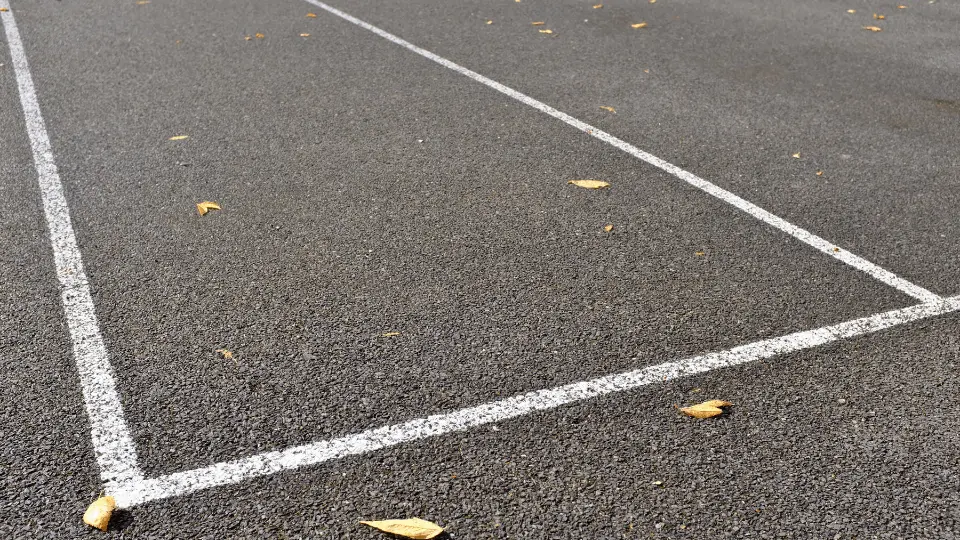
Rubber Carpet Surfacing
Asphalt is used in the construction of these courts, and rubber material is applied over it. In the event of a fall, the rubber carpet provides enough cushioning to minimize the impact. A surface like this favors players who can serve big and hit hard. Moreover, they can also be very useful for volleyers.

How is Rubcorp’s Rubber Surfacing Ideal for Tennis Courts?
For tennis courts, Rubcorp’s Rubber Surfacing offers the following advantages.
1. Muscle exertion is minimized
With this surfacing, repetitive and fast movements are cushioned underfoot and leg muscles are less stressed.
2. Ensures maximum grip
Tennis players benefit from the anti-skid properties of this flooring, which allows them to excel at forehands, backhands, and other difficult shots.
3. Ensures that falls are reduced
Surfaces made from rubber have a high coefficient of friction and are slip-resistant. No matter how wet the weather is, it helps reduce the impact of severe falls.
4. Maintainable and easy to clean
A mild cleaning solution can be used to clean the surface. In addition, the material is moisture-resistant and stain-resistant. In 10-15 years, it doesn’t require much maintenance.
5. Noise is reduced while playing
This type of flooring reduces the impact of sound created during tennis matches thanks to its high noise absorption capabilities. By using this surface, players are able to focus on their game.
Conclusion
Choosing the right tennis court surface is crucial for providing an optimal playing experience and ensuring player safety. Each type of surface, whether synthetic grass, artificial clay, concrete, or rubber carpet, comes with its advantages and disadvantages.
Consideration should be given to factors such as speed, maintenance, cost, and player preferences when deciding on the ideal surface for a tennis court.
If you compare all the surfaces, Rubber carpet surfacing is the only tennis court surface type that meets the sports and sportsperson’s requirements. As well as protecting players from severe injuries, they can provide a pleasant experience for them.
FAQs:
Which tennis court surface is considered the fastest?
Grass surfaces are typically considered the fastest among tennis court surfaces. They offer a low bounce and quick ball movement, making it favorable for players with a more aggressive style of play.
What factors should be considered when choosing a tennis court surface for a practice facility?
When selecting a tennis court surface for a practice facility, consider factors such as the playing characteristics that match the desired style of play, maintenance requirements, initial installation costs, and the climate of the location. It’s essential to choose a surface that aligns with the training goals and preferences of the players.
Is rubber carpet surfacing suitable for high-intensity tennis matches?
Yes, rubber carpet surfacing is suitable for high-intensity tennis matches. It offers durability, shock absorption, and anti-skid properties, making it a safe and resilient option for players who engage in intense movements.
